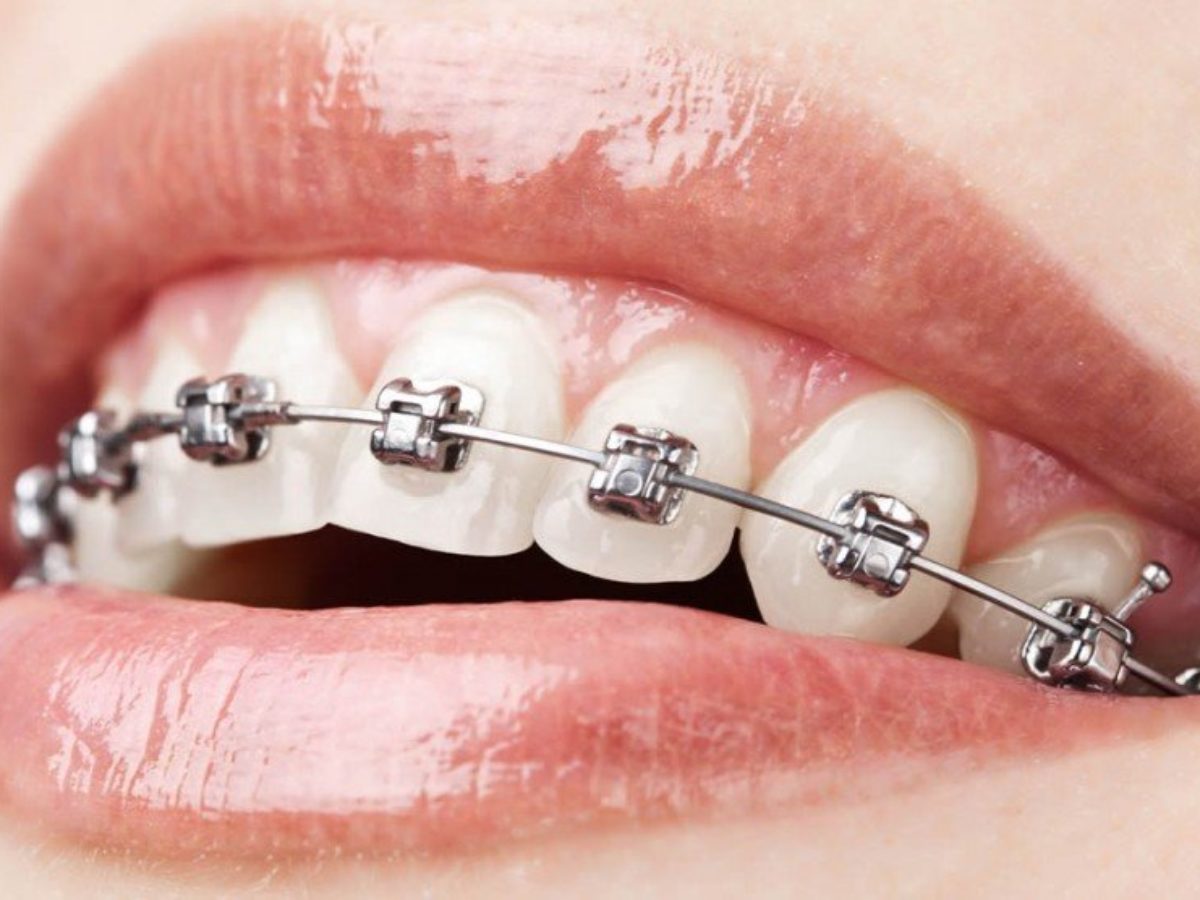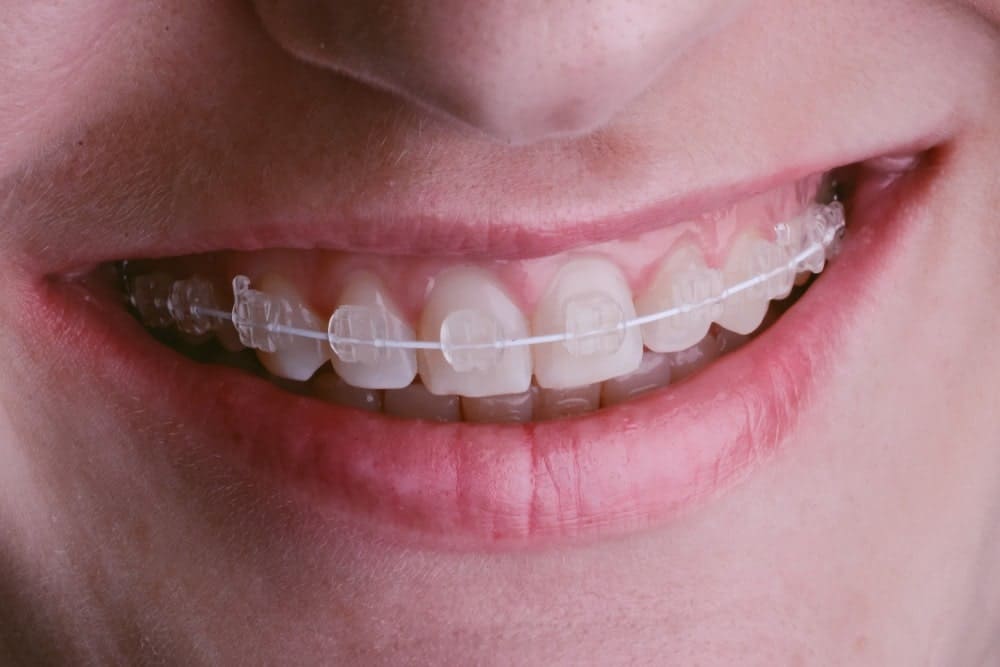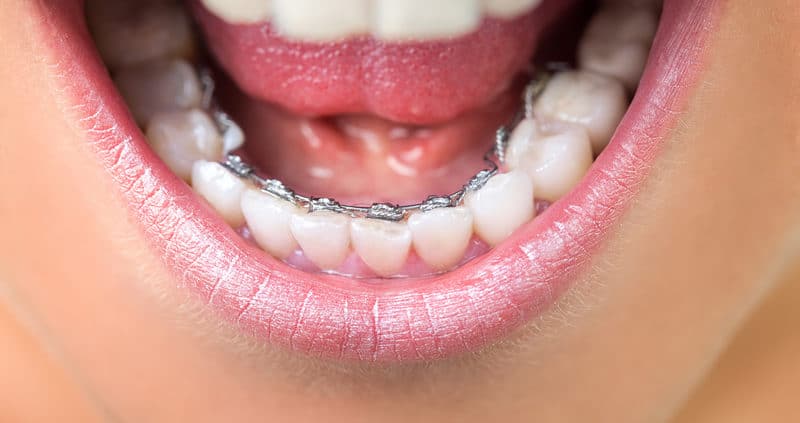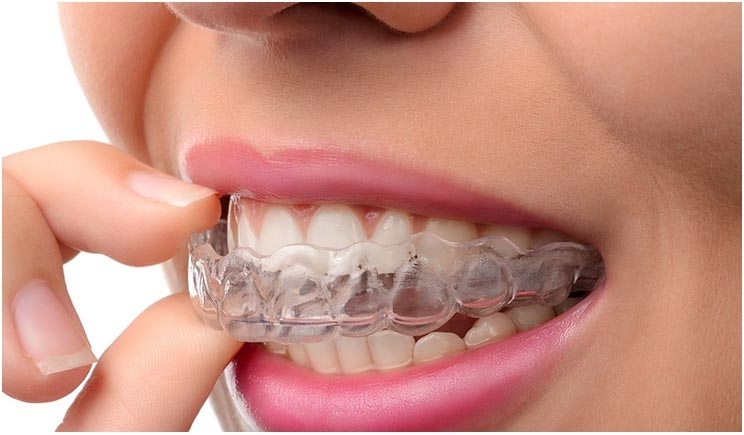What Are Braces?
Braces are dental tools that help correct problems with your teeth, like crowding, crooked teeth, or teeth that are out of alignment. Many people get braces when they’re teenagers, but adults get them too. As you wear them, braces slowly straighten and align your teeth so you have a normal bite. Some people get braces to adjust their smiles.
If you have crooked teeth and/or a misaligned bite (an underbite or overbite), there are a variety of treatments that can help straighten teeth, including braces and retainers, custom-made, removable, or fixed tools that cover the outside of your teeth and help keep them in position.
The dentist you choose will ask questions about your health, do a clinical exam, take a digital scan of your teeth, take photos of your face and teeth, and order X-rays of the mouth and head. They’ll come up with a treatment plan based on this information.
Metal/traditional braces
Traditional braces are made of metal. They include brackets that are attached to the front of your teeth or bands that fit around each tooth, as well as flexible wires or archwires that hold the brackets or bands together.
Some braces also include rubber bands or metal ties that link the brackets to the wire. These bands create more pressure to help straighten and align your teeth. Sometimes, your dentist will have you wear a device called headgear at night. It provides added pressure to help straighten your teeth. You can put it on and take it off.

Ceramic braces
If you were to take traditional braces and make them out of clear colored ceramic products, you would have an excellent cosmetic option that was less noticeable on your teeth. Ceramic options are available for self-ligating braces as well. Like clear ceramic braces, the self-ligating versions also blend in with the color of your natural tooth enamel.
These kinds of braces work just like metal orthodontics do but provide an added aesthetic advantage of being an accessory most people won’t notice during everyday conversations.
Depending on your situation, some ceramic kinds of braces can include tooth-coloured archwiress to go along with them. That way there’s not still a thin metal band spanning across your smile. This isn’t always an option, but if it is, it can make your ceramic orthodontics “clearer”.

Lingual braces
Lingual braces are similar to traditional braces except for the fact that they’re bonded on the back (lingual) surfaces of your teeth. So, when you’re speaking or smiling, others won’t notice that you’re going through orthodontic treatment because the braces aren’t visible. With behind-the-teeth braces, you can still enjoy a great social life and smile whenever you feel the need!

Clear aligners
You might also hear them called invisible braces. These are clear plastic trays that fit snugly onto your teeth. They use pressure to gently move your teeth into the correct positions and straighten your smile. You remove the aligners to eat, brush, or floss, but you should keep them in at least 22 hours each day for them to work. The dentist may also place tooth-colored attachments onto your teeth to hold the aligners in place.

How Long Will I Have to Wear Braces?
On average, once braces go on, they usually remain in place for 1 to 3 years. After braces come off, most people need to wear a retainer all the time for the first 6 months. After that, you have to wear it only while you’re asleep, but you may do it for many years.
Braces Treatment
The dentist will want to see you about every month or so in order to make sure the braces are putting steady pressure on your teeth. They’ll adjust the wires, springs, or rubber bands to create more tension and pressure. In some cases, braces alone won’t be enough to straighten your teeth or shift your jaw. That’s when the dentist will suggest headgear.
Will Braces Be Painful?
There may be some discomfort when braces are put on, when they are adjusted, or when you start using a new appliance, such as rubber bands or headgear.
Over-the-counter pain relievers like acetaminophen or ibuprofen can help. Tell your dentist if you have a lot of pain after each adjustment. They may be able to make the adjustments a bit differently or provide special wax to cover the sharp areas on the braces.
Braces and Age
The American Association of Orthodontists and the American Dental Association recommend that kids can be evaluated by age 7. By this age, the dentist can spot subtle problems with jaw growth and emerging teeth. Most kids begin active treatment between ages 9 and 14. The dentist recommends that you correct dental problems while your child is still growing.
The mechanical process used to move teeth with braces is the same at any age. That means braces can help both children and adults. The main difference is that some corrections for adults may require more than braces alone. The treatments could also take longer because adult bones are no longer growing.
Sports and Braces
If you have braces, you can take part in any sport you choose. If there’s a chance you might get hit in the face, you’ll need to wear a specially designed mouthguard to protect the inside of your mouth. It’ll be made of durable plastic and designed to fit comfortably over your braces and will protect the soft tissues inside your mouth.
What to Do if a Bracket or Wire Breaks
Broken braces, loose bands, or protruding wires can cause problems but rarely require emergency treatment. But call your dentist to set up an office visit to fix the problem. If you have a more severe mouth or facial injury, get help right away. Here are tips to get through some of the more common problems until you are able to see your dentist:
- Loose brackets. Apply a small piece of orthodontic wax to temporarily reattach loose brackets, or place wax over the bracket to provide a cushion between the bracket and your gums and other soft tissues of the mouth. Your orthodontist usually gives you orthodontic wax when you get braces.
- Loose bands. These will need to be replaced or recemented into place. Save the band and schedule an appointment for the repair.
- Protruding or broken wire. Use the eraser end of a pencil to move the wire to a less bothersome position. If you can’t move it out of the way, apply a small amount of orthodontic wax over the protruding end. Do not attempt to cut the wire, because you might accidentally swallow it or inhale it into your lungs. If a mouth sore develops from the wire poking the inside of your mouth, rinse your mouth with warm saltwater or an antiseptic rinse. An over-the-counter dental anesthetic can also be used to numb the area.
- Loose spacers. These will need to be repositioned or replaced if they slip or fall out completely.
Other Problems With Braces and Retainers
Because braces and retainers brush up against the inside surface of the mouth, you may be more prone to developing canker sores. If a canker sore develops, your dentist may prescribe a corticosteroid ointment or a prescription or nonprescription solution to ease the pain and irritation and help heal the sore.
After Braces
After your braces come off, they may want to take another set of X-rays and bite impressions to check how well the braces straightened your teeth and if you’ve developed any wisdom teeth. If your wisdom teeth are beginning to come in after the braces are removed, the dentist may suggest you get them pulled to prevent newly straightened teeth from shifting.
Your dentist will also fit you with a retainer, which is a very important part of post-braces care. Even though braces may have successfully straightened your teeth, they aren’t completely settled in their new position until the bones, gums, and muscles adapt to the change. Also, after long periods of time, teeth tend to shift. That’s why the time frame for wearing a retainer will vary from person to person.

